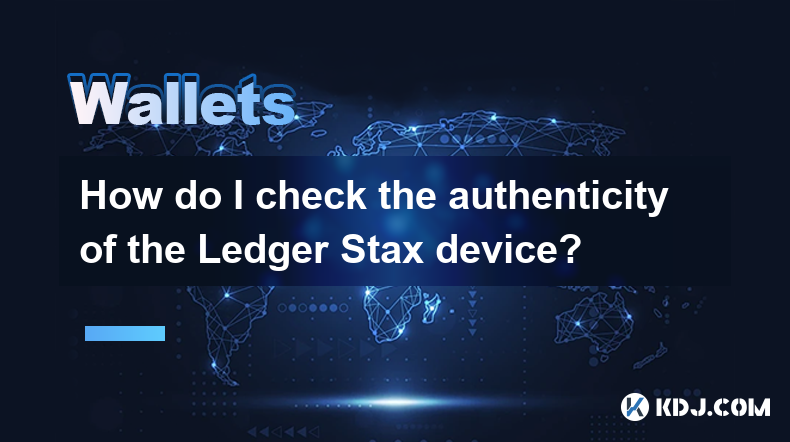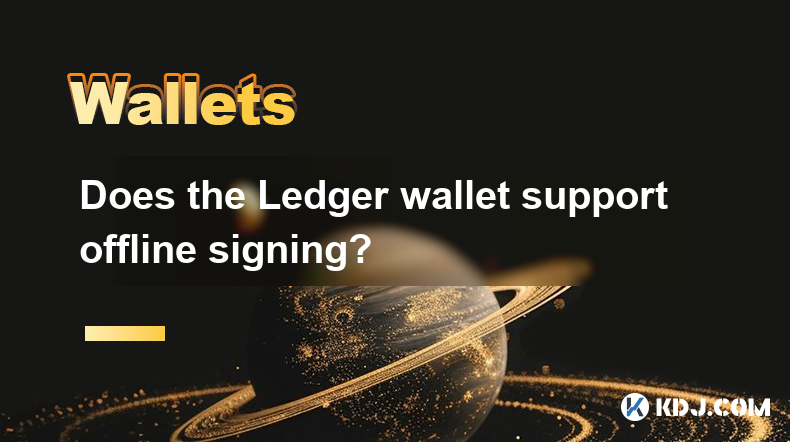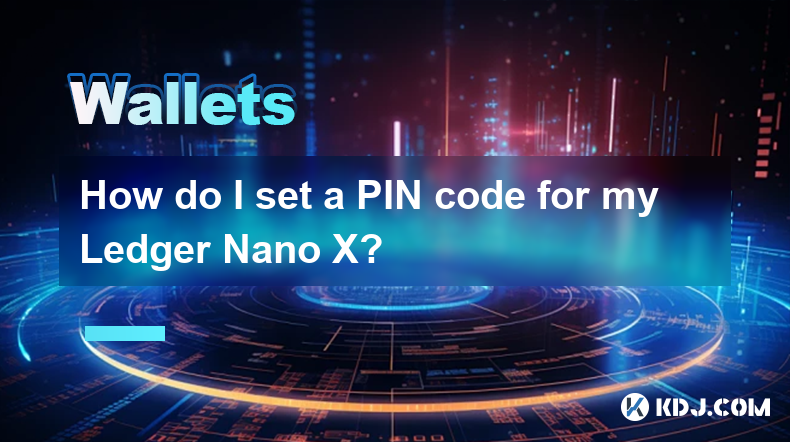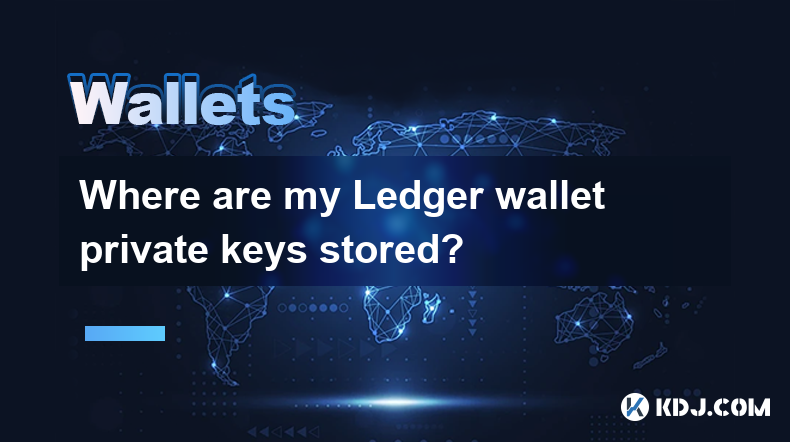-
 Bitcoin
Bitcoin $76,444.7530
-3.77% -
 Ethereum
Ethereum $1,473.8355
-5.46% -
 Tether USDt
Tether USDt $0.9991
-0.08% -
 XRP
XRP $1.7965
-5.51% -
 BNB
BNB $553.4919
-0.36% -
 USDC
USDC $0.9999
-0.02% -
 Solana
Solana $105.2981
-1.74% -
 TRON
TRON $0.2303
0.81% -
 Dogecoin
Dogecoin $0.1422
-4.62% -
 Cardano
Cardano $0.5587
-4.41% -
 UNUS SED LEO
UNUS SED LEO $8.9866
1.01% -
 Toncoin
Toncoin $2.9933
-4.74% -
 Chainlink
Chainlink $10.9113
-4.81% -
 Stellar
Stellar $0.2215
-4.76% -
 Avalanche
Avalanche $16.1163
-3.29% -
 Sui
Sui $1.9371
-3.89% -
 Shiba Inu
Shiba Inu $0.0...01065
-6.69% -
 Hedera
Hedera $0.1469
-3.29% -
 MANTRA
MANTRA $6.2058
-1.53% -
 Dai
Dai $1.0000
0.01% -
 Bitcoin Cash
Bitcoin Cash $269.3457
-2.08% -
 Polkadot
Polkadot $3.3773
-5.87% -
 Litecoin
Litecoin $69.2204
-2.50% -
 Ethena USDe
Ethena USDe $0.9986
-0.01% -
 Bitget Token
Bitget Token $4.0180
-3.25% -
 Pi
Pi $0.5649
-4.50% -
 Hyperliquid
Hyperliquid $11.1928
-2.80% -
 Monero
Monero $195.3885
-4.41% -
 OKB
OKB $50.9235
-0.59% -
 Uniswap
Uniswap $4.7688
-6.95%
How do I check the authenticity of the Ledger Stax device?
To ensure your Ledger Stax is genuine, inspect the sealed packaging, verify the serial number on Ledger's website, and check the firmware using Ledger Live.
Apr 04, 2025 at 11:07 am

Understanding the Importance of Authenticity
When investing in a hardware wallet like the Ledger Stax, ensuring its authenticity is crucial. A genuine device guarantees the security of your cryptocurrencies, protecting them from potential hacks and unauthorized access. Counterfeit devices can compromise your private keys, leading to significant financial losses. Therefore, verifying the authenticity of your Ledger Stax is a vital step before using it to store your digital assets.
Initial Inspection of the Ledger Stax Packaging
Upon receiving your Ledger Stax, the first step is to inspect the packaging. Ledger uses high-quality materials for their packaging, which should be intact and free from any signs of tampering. Look for the following:
- Sealed Box: The box should be sealed with a holographic sticker that is difficult to replicate. If the seal appears broken or tampered with, it may be a sign of a counterfeit product.
- Holographic Sticker: Check the holographic sticker on the box. It should have the Ledger logo and be reflective, changing colors when viewed from different angles.
- Serial Number: Each Ledger Stax comes with a unique serial number printed on the box. Ensure that this number matches the one on the device itself.
Verifying the Device's Serial Number
After confirming the packaging, the next step is to verify the serial number on the Ledger Stax device. Here’s how to do it:
- Locate the Serial Number: On the back of the Ledger Stax, you will find the serial number engraved. It should match the one on the packaging.
- Check on Ledger's Website: Visit Ledger's official website and enter the serial number in the verification section. If the serial number is recognized, it confirms the device's authenticity. If it is not recognized, it could indicate a counterfeit device.
Checking the Device's Firmware and Security Features
A genuine Ledger Stax comes with pre-installed firmware that is regularly updated by Ledger to ensure the highest level of security. Here’s how to check the firmware:
- Connect to Ledger Live: Use the Ledger Live application to connect your Ledger Stax. Once connected, the application will automatically check the firmware version.
- Firmware Version: Compare the firmware version displayed in Ledger Live with the latest version listed on Ledger's website. If the versions match, it indicates that the device is genuine.
- Security Features: Genuine Ledger Stax devices include advanced security features like a secure chip and a tamper-proof design. Check for these features to ensure the device's authenticity.
Inspecting the Physical Device
Physical inspection of the Ledger Stax can also help in verifying its authenticity. Look for the following:
- Build Quality: A genuine Ledger Stax has a high-quality build with no loose parts or visible defects. The buttons should be responsive, and the screen should be clear and vibrant.
- Engravings and Logos: Check for the Ledger logo and other engravings on the device. These should be clear and well-defined, not blurry or smudged.
- Weight and Feel: A genuine Ledger Stax has a specific weight and feel. If the device feels unusually light or cheap, it may be a counterfeit.
Additional Verification Methods
For added peace of mind, you can use additional verification methods to confirm the authenticity of your Ledger Stax:
- Purchase from Authorized Retailers: Always buy your Ledger Stax from authorized retailers or directly from Ledger's official website. This minimizes the risk of receiving a counterfeit device.
- Community Forums: Engage with the Ledger community on forums and social media. Share your serial number (without compromising your privacy) and ask if others have seen it associated with genuine devices.
- Professional Verification Services: Some third-party services specialize in verifying the authenticity of hardware wallets. While this may come at an additional cost, it can provide an extra layer of assurance.
Frequently Asked Questions
Q: Can I trust third-party sellers when buying a Ledger Stax?
A: It is generally safer to purchase directly from Ledger's official website or authorized retailers. If you choose to buy from a third-party seller, ensure they are reputable and check reviews and ratings from other buyers.
Q: What should I do if I suspect my Ledger Stax is counterfeit?
A: If you suspect your Ledger Stax is counterfeit, do not use it. Contact Ledger's customer support immediately with your serial number and details of your purchase. They can guide you on the next steps and help verify the device's authenticity.
Q: How often should I check the firmware on my Ledger Stax?
A: It is recommended to check the firmware of your Ledger Stax regularly, at least once a month, to ensure it is up to date with the latest security patches and features.
Q: Is it possible to recover my funds if they were stolen due to a counterfeit Ledger Stax?
A: Recovery of stolen funds due to a counterfeit device can be challenging. If you suspect your device is counterfeit, do not transfer funds to it. If funds are already compromised, contact Ledger's support and consider seeking legal advice to explore your options.
Disclaimer:info@kdj.com
The information provided is not trading advice. kdj.com does not assume any responsibility for any investments made based on the information provided in this article. Cryptocurrencies are highly volatile and it is highly recommended that you invest with caution after thorough research!
If you believe that the content used on this website infringes your copyright, please contact us immediately (info@kdj.com) and we will delete it promptly.
- "Cardano (ADA) Price Could Dip Below $0.60, Following Previous Market Cycle"
- 2025-04-09 05:10:12
- BONK, the well-known meme coin, has risen over 35% in the last week, attracting meme coin investors in the market. So, what caused this rally?
- 2025-04-09 05:10:12
- Bitcoin (BTC) Investors May Not Exactly Feel It, but BTC Has Been a Relatively Good Bet
- 2025-04-09 05:05:12
- Donald's Bitcoin (DONBTC) Could Turn Early Investors into Multi-Millionaires, Like Shiba Inu (SHIB) and Dogecoin (DOGE) Did
- 2025-04-09 05:05:12
- 6 Upcoming Kraken Listings That Could Be the Next Big Thing in Crypto
- 2025-04-09 05:00:13
- COTI Unveils New Privacy-Focused Blockchain to Reshape Web3 Transactions
- 2025-04-09 05:00:13
Related knowledge

Does the Ledger wallet support offline signing?
Apr 09,2025 at 04:49am
Introduction to Ledger Wallet and Offline SigningThe Ledger wallet is a popular hardware wallet used by cryptocurrency enthusiasts to securely store their digital assets. One of the key features that users often inquire about is offline signing. Offline signing, also known as cold signing, is a security measure that allows users to sign transactions wit...

How do I send Ethereum to my Ledger wallet?
Apr 09,2025 at 03:21am
Sending Ethereum to your Ledger wallet involves a few straightforward steps, but it's crucial to follow them carefully to ensure the security of your funds. In this guide, we'll walk you through the process of transferring Ethereum to your Ledger wallet, ensuring that you understand each step and the necessary precautions. Preparing Your Ledger WalletBe...

How do I set a PIN code for my Ledger Nano X?
Apr 08,2025 at 11:14pm
Setting a PIN code for your Ledger Nano X is a crucial step in securing your cryptocurrency assets. The PIN code acts as a primary layer of security, ensuring that only you can access your device. In this article, we will guide you through the process of setting up a PIN code on your Ledger Nano X, ensuring that you follow each step meticulously to main...

Where are my Ledger wallet private keys stored?
Apr 08,2025 at 10:35pm
When using a Ledger hardware wallet, one of the most critical aspects to understand is the storage and management of your private keys. This article will delve into the specifics of where your Ledger wallet private keys are stored, ensuring you have a comprehensive understanding of their security and accessibility. Understanding Private Keys in Ledger W...

What is the difference between Ledger Nano S and Nano X?
Apr 09,2025 at 12:49am
When it comes to securing your cryptocurrencies, hardware wallets are often recommended as the safest option. Among the most popular hardware wallets are the Ledger Nano S and Ledger Nano X. Both devices are produced by Ledger, a well-known company in the cryptocurrency security industry. This article will delve into the differences between these two de...

How do I enable the Shield Transaction feature on Trezor?
Apr 08,2025 at 10:28pm
Enabling the Shield Transaction feature on Trezor involves a series of steps that allow you to enhance the privacy of your cryptocurrency transactions. This feature is particularly useful for users who want to protect their transaction history from being easily traced on the blockchain. In this article, we will guide you through the process of enabling ...

Does the Ledger wallet support offline signing?
Apr 09,2025 at 04:49am
Introduction to Ledger Wallet and Offline SigningThe Ledger wallet is a popular hardware wallet used by cryptocurrency enthusiasts to securely store their digital assets. One of the key features that users often inquire about is offline signing. Offline signing, also known as cold signing, is a security measure that allows users to sign transactions wit...

How do I send Ethereum to my Ledger wallet?
Apr 09,2025 at 03:21am
Sending Ethereum to your Ledger wallet involves a few straightforward steps, but it's crucial to follow them carefully to ensure the security of your funds. In this guide, we'll walk you through the process of transferring Ethereum to your Ledger wallet, ensuring that you understand each step and the necessary precautions. Preparing Your Ledger WalletBe...

How do I set a PIN code for my Ledger Nano X?
Apr 08,2025 at 11:14pm
Setting a PIN code for your Ledger Nano X is a crucial step in securing your cryptocurrency assets. The PIN code acts as a primary layer of security, ensuring that only you can access your device. In this article, we will guide you through the process of setting up a PIN code on your Ledger Nano X, ensuring that you follow each step meticulously to main...

Where are my Ledger wallet private keys stored?
Apr 08,2025 at 10:35pm
When using a Ledger hardware wallet, one of the most critical aspects to understand is the storage and management of your private keys. This article will delve into the specifics of where your Ledger wallet private keys are stored, ensuring you have a comprehensive understanding of their security and accessibility. Understanding Private Keys in Ledger W...

What is the difference between Ledger Nano S and Nano X?
Apr 09,2025 at 12:49am
When it comes to securing your cryptocurrencies, hardware wallets are often recommended as the safest option. Among the most popular hardware wallets are the Ledger Nano S and Ledger Nano X. Both devices are produced by Ledger, a well-known company in the cryptocurrency security industry. This article will delve into the differences between these two de...

How do I enable the Shield Transaction feature on Trezor?
Apr 08,2025 at 10:28pm
Enabling the Shield Transaction feature on Trezor involves a series of steps that allow you to enhance the privacy of your cryptocurrency transactions. This feature is particularly useful for users who want to protect their transaction history from being easily traced on the blockchain. In this article, we will guide you through the process of enabling ...
See all articles






















































































